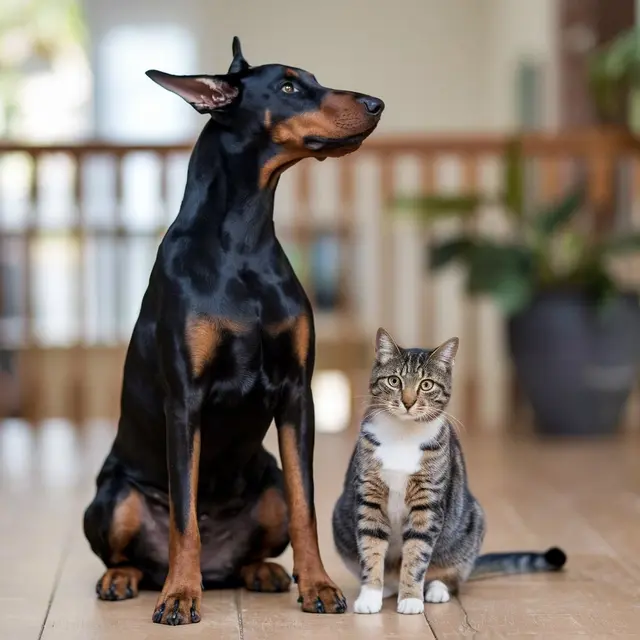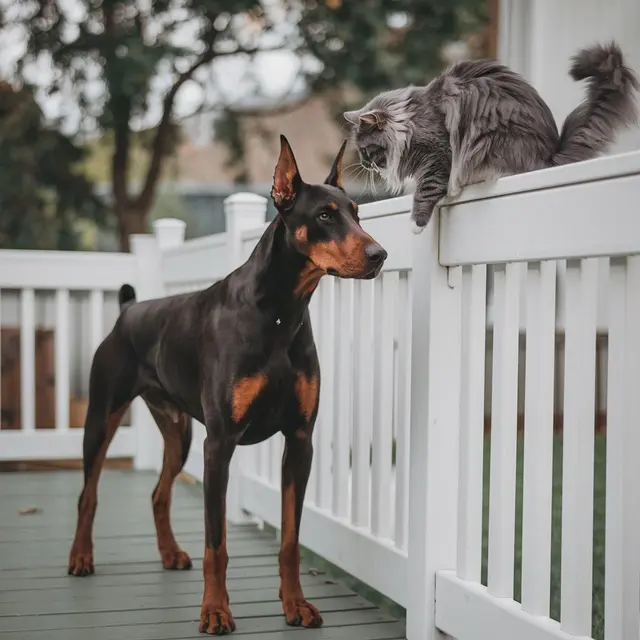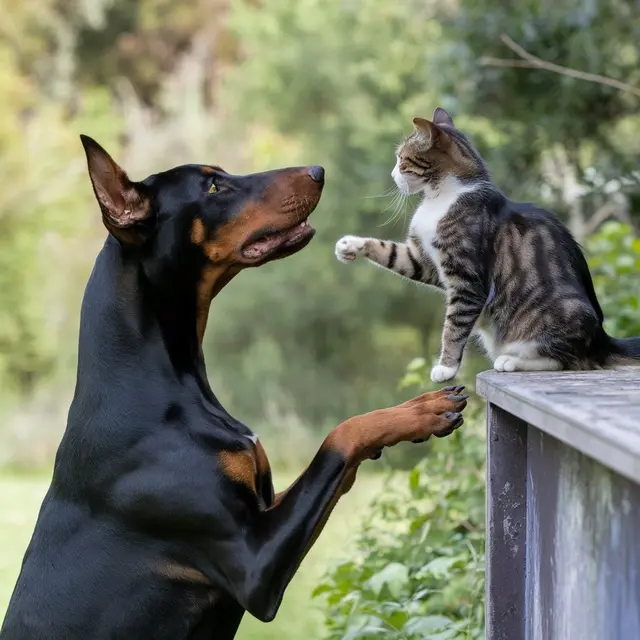Are you considering adding a Borador to your family? Boradors, a mix of playful Labs and smart Border Collies, are loved by dog owners everywhere. If you have a Borador or are thinking about getting one, it’s important to know how long they usually live and how to keep them healthy and happy for as long as possible
Understanding the Borador Lifespan
Average Borador Lifespan
Boradors typically enjoy a lifespan ranging from 10 to 14 years, thanks to their robust genetic makeup inherited from two healthy parent breeds. However, individual dogs may live shorter or longer lives depending on various factors. Since both Labrador Retrievers and Border Collies are known for their relatively long lifespans, Boradors often benefit from this genetic advantage.
Factors Influencing Borador Lifespan
Several key elements play crucial roles in determining how long your Borador will live. Understanding these factors can help you make informed decisions about your dog’s care.
Genetic Influence
Your Borador’s genetic inheritance significantly impacts their longevity. Both parent breeds contribute to their health profile, with Border Collies typically living 12-15 years and Labradors averaging 10-12 years. Mixing the breeds can sometimes make them healthier, with fewer health problems than purebred dogs often get.
Lifestyle Factors
The way you care for your Borador affects their lifespan. A well-balanced lifestyle includes:
Diet and Nutrition: Providing high-quality dog food appropriate for your Borador’s age and activity level is essential. Proper nutrition supports their immune system, maintains healthy body weight, and prevents various health issues.
Exercise Requirements: Boradors need substantial physical activity to maintain their health. These energetic dogs thrive with daily walks, runs, and play sessions. Regular exercise helps prevent obesity, maintains muscle tone, and supports cardiovascular health.
Mental Stimulation: Boradors are smart dogs and need things to keep their minds busy. Puzzle toys, training, and fun games help them stay sharp and prevent them from getting bored and causing trouble.
Environmental Conditions: You can help your dog live longer by providing a healthy environment. Keep their space clean, protect them from extreme weather, and limit their exposure to harmful substances.
Potential Health Concerns
If you notice any health problems early on, it can help your Borador live a longer life
Common Health Issues
While generally healthy, Boradors may face certain health challenges:
Hip and Elbow Dysplasia: These things they inherit can mess up how their joints grow, which can lead to arthritis later on. Keeping them at a healthy weight, giving them enough exercise, and taking them for checkups can help manage these problems.
Eye Problems: Some Boradors might get a condition called Progressive Retinal Atrophy (PRA), which can make them lose their sight. It’s a good idea to take them for eye checkups so you can catch it early if they have it.
Hypothyroidism: This endocrine disorder affects metabolism and energy levels. Regular blood tests can identify thyroid problems, typically manageable with medication.
Obesity: Both parent breeds are prone to weight gain, emphasizing the importance of weight management. Excess weight puts undue stress on joints and organs, potentially shortening lifespan.
Tips for Maximizing Your Borador’s Lifespan
Taking proactive steps can help ensure your Borador lives a long, healthy life.
Nutrition Guidelines
Feed your Borador high-quality dog food appropriate for their age, size, and activity level. Consider these nutritional tips:
- Measure food to avoid overfeeding your dog
- Provide fresh water at all times
- Consider supplements recommended by your veterinarian
- Avoid table scraps and excessive treats
Exercise and Mental Stimulation
Boradors need both physical and mental exercise to thrive:
- Schedule daily walks or runs
- Engage in interactive play sessions
- Try dog sports such as agility or flyball.
- Use puzzle toys and training games for mental enrichment
Veterinary Care
Regular veterinary care is essential for longevity:
- Schedule annual check-ups
- Keep vaccinations current
- Maintain parasite prevention
- Don’t delay addressing health concerns.
Caring for a Senior Borador
As your Borador ages, their care needs will change. Watch for these signs of aging:
- Decreased energy levels
- Changes in appetite or water consumption
- Difficulty with mobility
- Changes in behavior or cognitive function
Adjust their care routine :
- Provide orthopedic bedding
- Install ramps or steps for easier access
- Adjust exercise routines to match their abilities
- Consider senior-specific dietary needs
Heading: Living a Long and Happy Life with Your Borador
Boradors live 10 to 14 years, but with the right care, they can enjoy a long and happy life. By understanding their needs and providing the care they need at every stage of their life, you can help them thrive. Remember, every Borador is unique, so work with your vet to create a care plan that’s right for them







